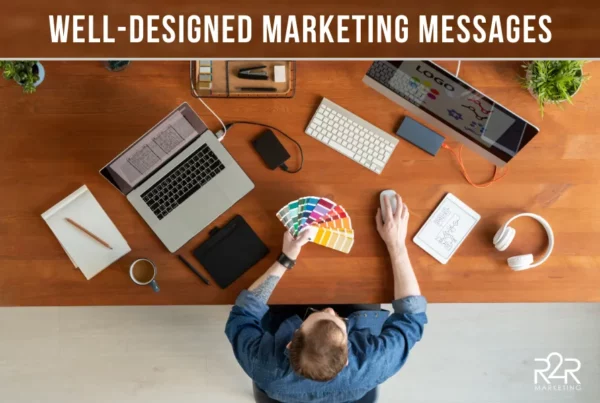Much like the floor plan of a house, the layout of a website needs to be designed for the comfort and ease of the person who’s using it. That person would be the customer! In order to design a customer-friendly website, you must first understand how customers behave online. Studies show that customers display similar behavior patterns when using websites. It’s important to cater to those patterns when designing a website.
Take a look at these six areas of a website layout that can impact your customer’s experience:
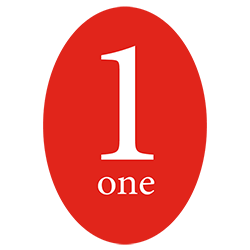
The First Stop —
The majority of visitors gravitate to the top left corner of a website. It’s important to have your brand as well as identifiable information to assure the visitor that they are on the right website. This is the launching point for visitor engagement.
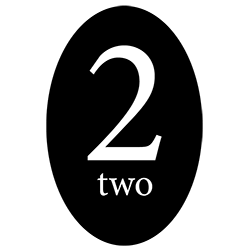
The Menu –
The crisp, clean and easy to navigate menu should be at the top of the page. The menu headings need to be in an order that makes the visitor’s search as easy as possible. If they can’t easily find what they’re looking for, they will leave your website and potentially move on to someone else’s.
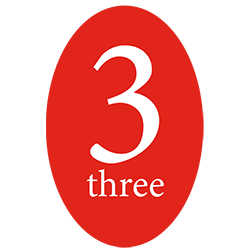
The Top –
Most people pay attention to the top-most portion of a website and only scan the lower areas. In addition to the menu placement at the top, visitors to websites also tend to look for calls to action with buttons that will take them to exact thing they need.
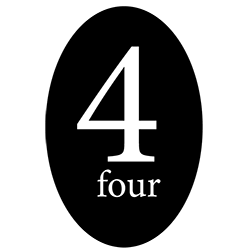
The Headline –
Make every headline count with a clever and compelling message. Your headline should be as short as possible with a meaning that is relevant to the copy that follows. This text element is best compared to a “landmark sign” that will make the visitor stop to read more.

The Content –
When creating content for a website, it’s important to keep it short and to the point. Respect the time and attention span of your customer. Most visitors will either scan or skip large chunks of content on a website – especially on a mobile device.

The Images –
A picture speaks a thousand words, and that means that the pictures on your website should say a lot! People are naturally drawn to images. When choosing photos for your website – aim for one large image over several small ones. Any image that you use must be relevant to the content on the page.
In this market where people search multiple websites before making a decision, it’s important for you to take a look at your current site and determine if your customer feels at home every time they visit.




